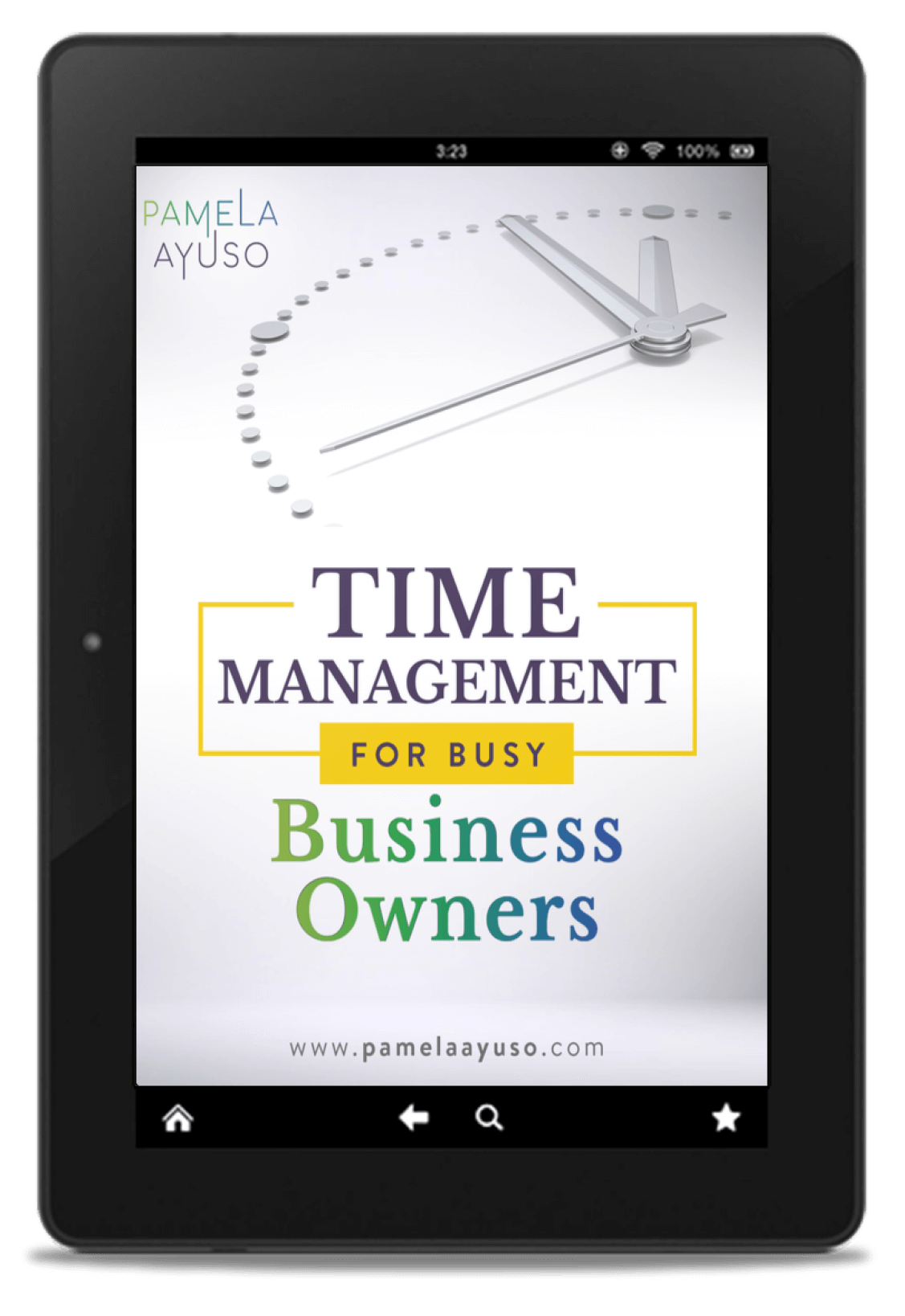Our responsibilities as company managers are many: we must build a great team, structure our organizations in the best way possible, make sure the company is achieving its objectives, and plan for growth. One of the challenges we also face is infusing the company with a sense of trust. Organizations that inspire trust in every direction run more smoothly, and in the end, trust can make the work more enjoyable, too.
![[Photo: Joe Cavazos/Unsplash]](/wp-content/uploads/2021/01/joe-cavazos-6r8r3DI3xLQ-unsplash.jpg)
[Photo: Joe Cavazos/Unsplash]
Trust Benefits Companies
When people are trusted, they produce better results. One of the traditional methods for prompting behavior in companies is through external rewards, such as raises or perks. These external benefits will work, but they also call forth behavior that is tied to those incentives.
Trust is different. It creates an environment that calls forth intrinsic motivations in people. It is linked to better performance and committing to projects, even if the tasks themselves are boring. Creating more trust in an organization could seem counterintuitive to having processes and structures, which are meant to minimize risk and errors. However, these are tools for anybody in the organization: when people are trusted, they can take the processes and company infrastructure and deploy it for their uses. In short, in a trustworthy organization, people will be more engaged towards achieving the company’s goals.
Letting Go
As leaders and managers, we have been held accountable to produce those results. Achievements often come from being able to control and measure situations so that they have the effects we are seeking. However, we cannot control it all, and at some point, we need to hand the work down to others. When it is time to trust, letting go of the control can be difficult, especially in a business setting where the stakes are high.
Part of trust is being vulnerable, and displaying that vulnerability can be very difficult, especially because in the first steps of a career, one strategy to produce results is through careful attention to circumstances and details. Vulnerability requires stepping into the void, the unknown. When we are vulnerable, we are putting ourselves in someone else’s hands.
Building a trusting organization starts with the company leader, who must be willing to go first. Trust means putting oneself in a situation that has no guarantees, and in the end, we must trust because it is the only way to grow. The idea is to decentralize in a way that works for you and your team. Minimizing risks, getting to know those in your team better, and taking it step by step, are all ways to create more autonomy.
![[Photo: Yang Miao/Unsplash]](/wp-content/uploads/2021/01/yang-miao-mzFkeec7CF8-unsplash.jpg)
[Photo: Yang Miao/Unsplash]
Trust is a Virtuous Cycle
Trust is a virtuous cycle. When one person trusts, the other reciprocates, and so on. Others will then follow the example set forth by others. As the company becomes trustworthy, performance will improve, and the overall environment will be (why not?) more pleasant. Those who honor trust will be drawn to the organization as it becomes part of the culture. Furthermore, those that do not follow the concept of trust will see that they do not fit into that culture.
As with anything, the best way to find how trust will work for you and your organization is by experimenting. Some things may work, and others may need to be tweaked. Nevertheless, greater autonomy and trust will create a more engaged and dynamic organization.



